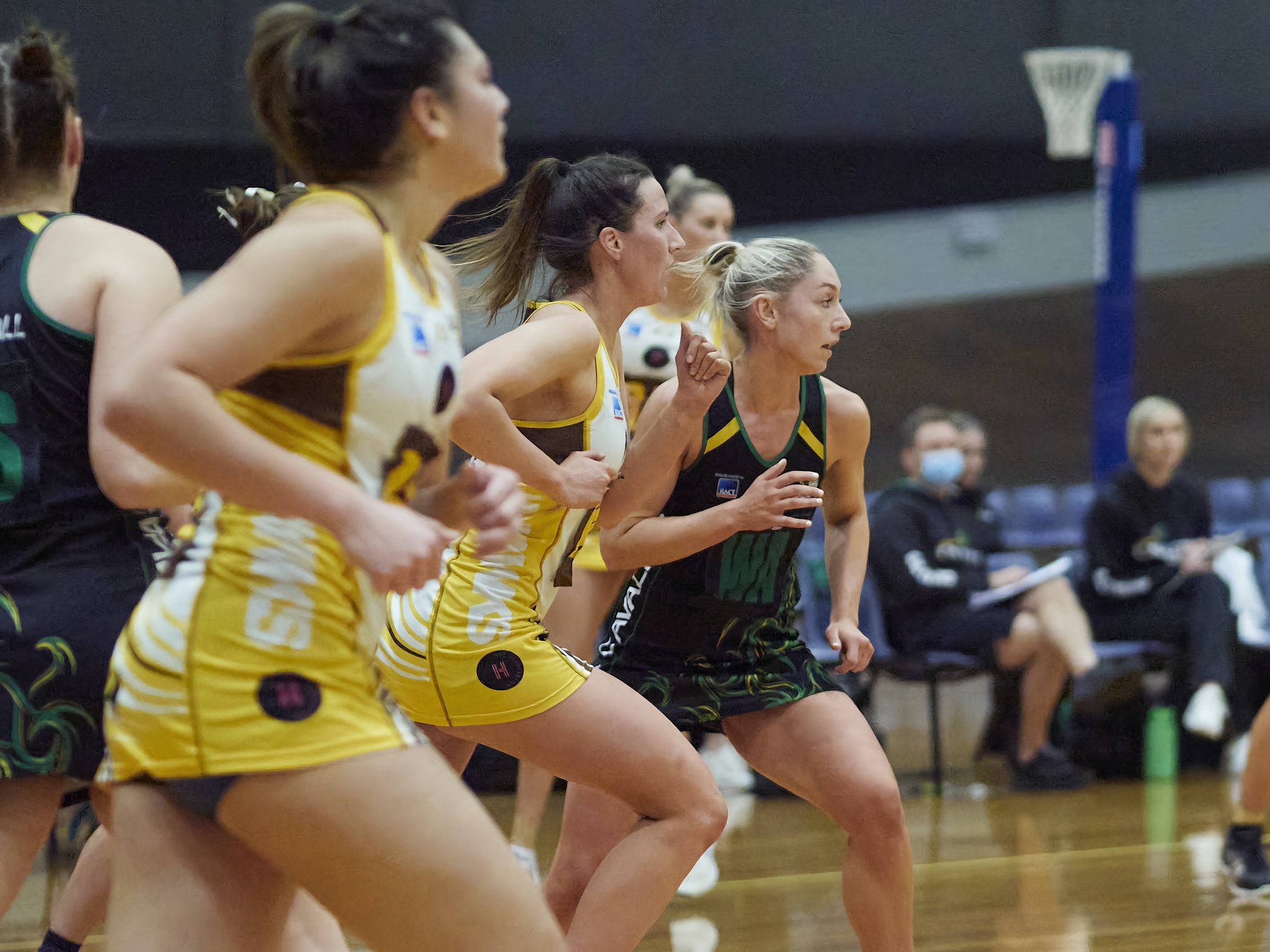My video processes have come a long way. From frantic a need to accessorise, I have shed much of the complication, falling back mostly on what the cameras I use have to offer out of the box.
There is a balance to my kit, being what I would call a B+ level kit, an enthusiast capable outfit, with moments of pro brilliance.
Cameras.
A hand held G9 works well, even for extended periods. I have now added a second as a stills camera, but to be honest they are now both doing dual duty. The customisation and useability of the cameras allows me to, with a single turn of the main dial, switch from fully stills to fully video configurations. The EM1’s cannot do this. The Olynpus cameras do have better stabiliseation for movement, but they lack the slo-mo quality, which is the better way to use it anyway.
I use 10 bit, 422, 1080p at 25, 50, or in 8 bit at 25-33% slo-mo (all custom settings). This is often exported at 720p, so my files are not excessive, but still good to have in reserve.
This means my pain-stakingly built rigs are being used less and less. The G9 specific one ironically gets used more with a tripod. It adds up to four cold shoes, so for mics, monitors and lights, it is useful, but for stable handling, I keep it basic, even go without often.
AF is also a surprise. The combination of 12-60 (either one) and G9, are capable and with the latest firmware seem to have reduced the “pulsing” effect. Combined with touch focus, the face detect or central area modes seem to be very reliable.
Natural colour mode, with still being tweeked settings seems to have some room for movement and I am starting to trust auto White Balance as being good enough to get me in the processing envelope. This has made exposure, controlled by the main rear dial (ISO), the only thing to deal with outside of composition and focus. I will be looking into other modes ssom, so this may change.
I have looked at RAW (Black Magic Pocket Cinema 4k), various LOG formats (firmware or off board recorder) and settings, but to be honest, if I get slightly muted Natural mode right in camera, then do a little post, for my needs I am happy and do not need anything else.
The OSMO is a nice match to the look of the G9 footage when graded, but straight out of camera has less I can change. It adds a real gimbal dynamic and a decent backup. If I was involved in a larger project, I would likely switch to Cinelike-D with both, but otherwise, as is, it is ok.
Sound.
Mics are either full a bore H5 with Lewitt condensers, SSH-6 shotgn or XY module, or a simple Neewer shotgun. For most footage, which will have a cover track applied, I will just use the built in mics to help with synching.
Lenses.
Now, this has actually just changed in part due to the writing of this article. I had basically settled on the Olympus 25mm for interviews*, using it’s shallow depth and wide open sharpness and the shorter focal length is ideal for on camera shotgun mounting and the 12-60 Leica to replace the 12-40 Oly for general shooting.
*I like the colour, dual stabilising, range and smooth action of this lens and already, combined with a few setting changes to Da Vinci, I am seeing changes for the better and a Leica 15mm is on the way to hopefully take this idea and further it.
Monitor.
The monitor is being used when I have the camera on a tripod, but it’s actually most useful when I am doing large group shots. Really helps being able to see all the faces.
So, to sum up the following have been simplified; rigs, stabilisers and handling, mics, lens choices, AF and lighting. This, with better processing has given me a fast and efficient work flow for through-put, but I still have to get the editing my own movie thing perfected.
Many things I was advised by the internet reviewers to not trust or avoid (formats, AF, hand holding) or use religiously (handles, monitors), I have actually found to be unnecessary or quite useable as is within realistic tolerances.







































































































































